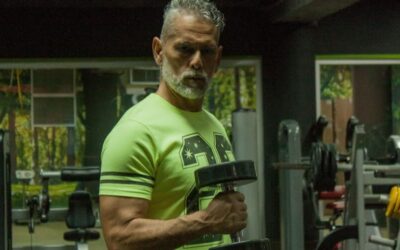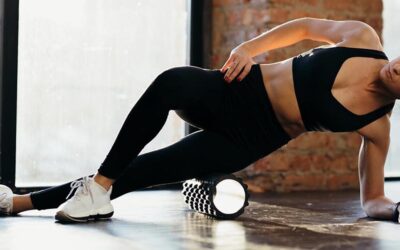Written by Dr. Thomas Russell PT, DPT,CAFS
The shoulder is one of the most complex joints in the body and is actually made up of three separate joints. These include the acromioclavicular joint (where the collar bone meets the shoulder), the sternoclavicular joint (where the collar bone meets the breast plate), and the glenohumeral joint (the ball and socket joint made up by the shoulder blade and arm bone). Some may even argue that there are more than three joints that make up this wildly intricate body part i.e. the thoracic spine (upper back) and scapulothoracic joint (the relationship between the shoulder blade and upper back). All of these joints work together to create all shoulder motions through more than 17 muscular attachments and five main nerve roots that are dubbed the “brachial plexus”. Phew! that’s a lot of big words and information.
If you are an overhead athlete (which includes baseball, tennis, water polo, football, volleyball, swimming, or gymnastics) a mobility and strengthening routine for your shoulder girdle is vital to maintaining shoulder health and preventing injury. This doesn’t mean you need to be lifting heavy dumbbells overhead or bench pressing or even doing lat pull downs for that matter. Although, those are perfectly good exercises to perform to improve physique and general strengthening and when performed correctly can assist in shoulder health.
The overhead athlete requires a more specific maintenance routine that focuses the strengthening on smaller stabilizing muscles which are deeper than the superficial muscles that you see on body builders. Most athletes are familiar with the rotator cuff, and while this group of muscles is definitely at the forefront of most of my pre-habilitative or rehabilitative exercise routines for shoulder health, there are also another set of muscles that I focus on which include the lower trap, middle trap and serratus anterior. All three of these muscles assist in keeping the shoulder stabile, aide in decelerating the shoulder after throwing, and creating a stable base for the shoulder to operate on.
If you think of the shoulder complex as a house, the shoulder blade and its muscular attachments are the foundation, and the ball and socket joint is the eye catching exterior. You want to have a strong and stable base for your house to sit on. Which, in this case, means maintaining good strength in the muscles that control the shoulder blade. This can be achieved through a number of different exercises with dumbbells, bands, and even body weight activities.
One of my favorite exercises to improve shoulder strength is the plank. While typically thought of as a core strengthening activity, under the right circumstances and with appropriate coaching, the plank can become an excellent way to improve strength in the rotator cuff and muscles that attach to the shoulder blade.
The biggest thing to remember while beginning to form your routine is form and function over increasing weight/resistance! Check out my previous IG post on the RISE Physical Therapy account for a new way to plank that can help you maintain shoulder health.
![shoulder-strength-sinker-pitch[1] overhead athletes and shoulder strength](https://www.risephysicaltherapy.com/wp-content/uploads/2023/04/shoulder-strength-sinker-pitch1.jpg)


